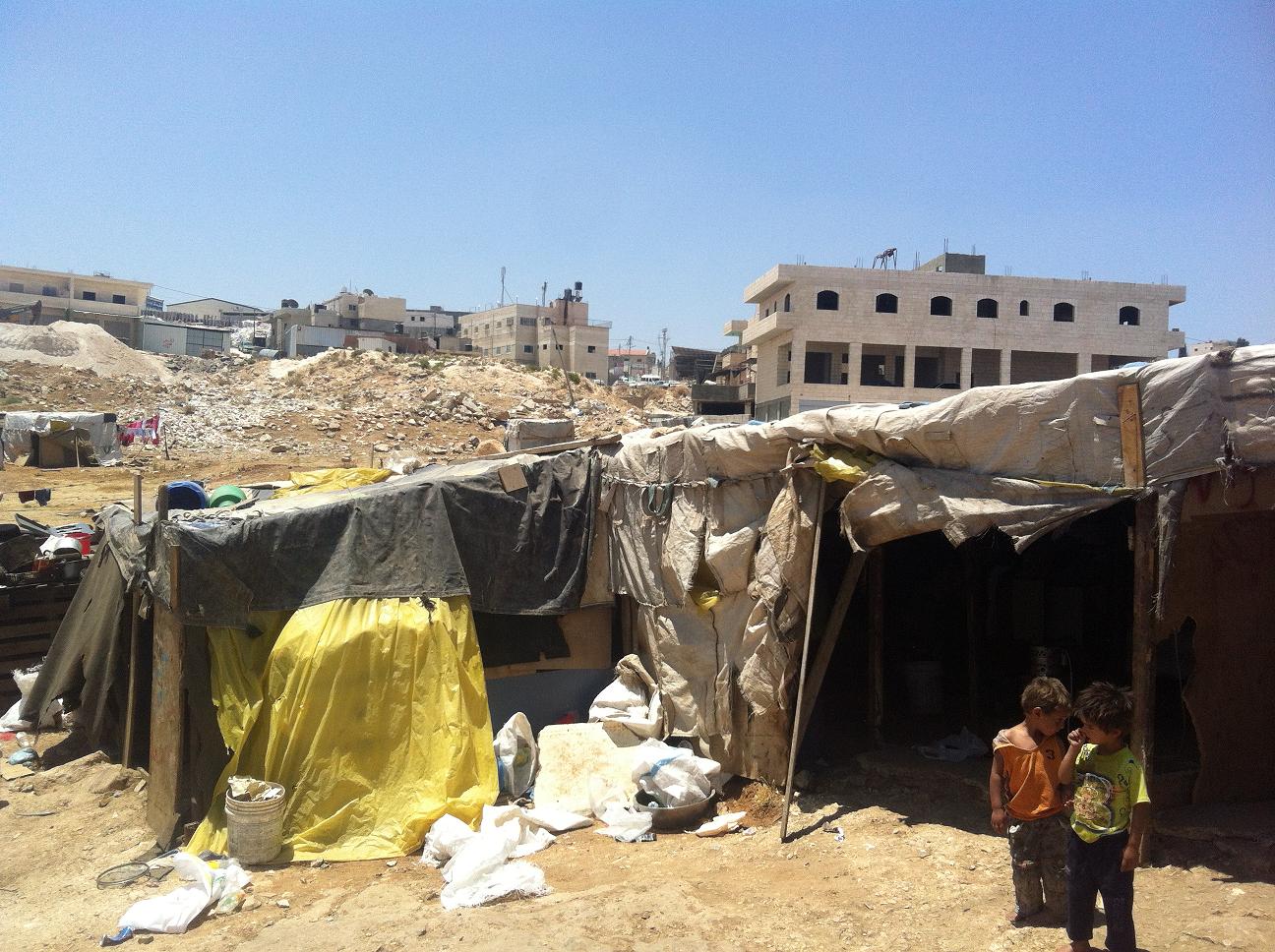Tag: Bedouin
-

Bedouins outside Jerusalem face violence and threats of expulsion
1st July 2013 | International Solidarity Movement, Ramallah Team | ‘Anata, Jerusalem The Bedouin community of ‘Anata suffers daily from the consequences of living just underneath the Apartheid Wall of East Jerusalem; the community is considered unwanted by the Israelis, and is therefore a victim of attacks and harassment. In addition, their unique location between…
-

Reflections on a brief exchange in the aftermath of a home demolition, 4 December 2012
by Jeff Berryhill 5 December 2012 | International Solidarity Movement, West Bank The pain and anguish on the woman’s face was penetrating. Earlier this morning two Israeli military jeeps, one civil administration vehicle, and a bulldozer had arrived at her home with orders to level the structure. This is in spite of ongoing legal proceedings…
-
Jordan Valley: Palestinian family’s water confiscated, internationals arrested
By Rosa Andersson and Amina Simonsson 25 June 2012 | International Solidarity Movement, West Bank On Thursday, June 21, Israeli forces confiscated a water tank from a Bedouin Palestinian family in the Jordan Valley, leaving them with no access to water. Three Swedish women were arrested for standing in solidarity with Palestinian women and children…
